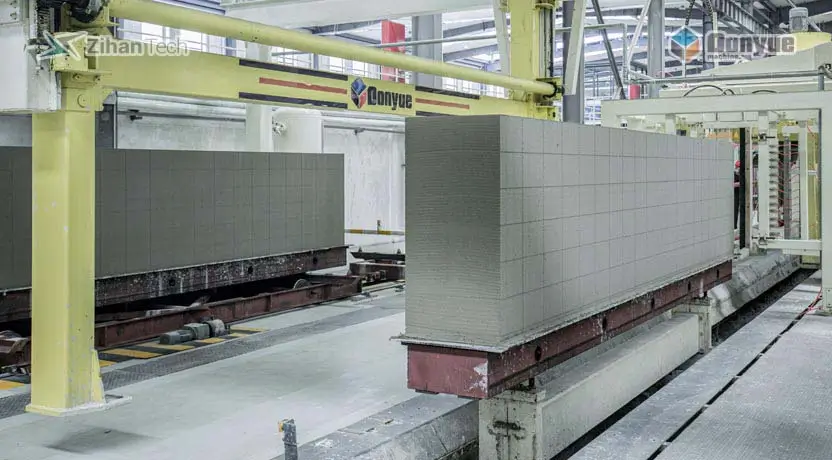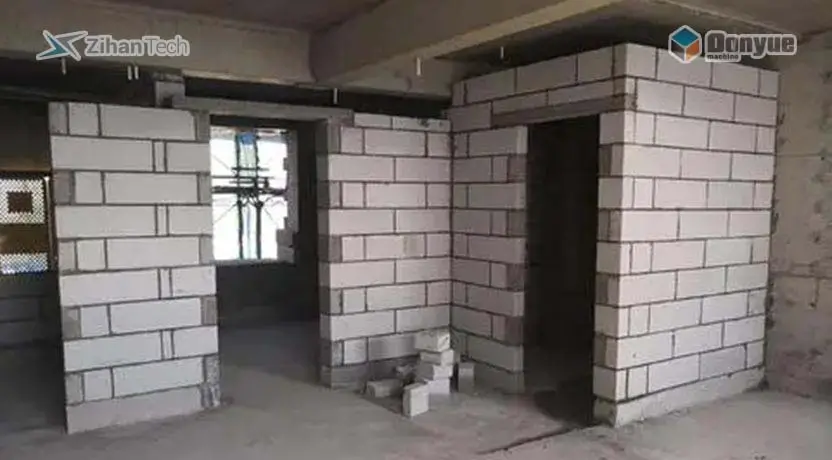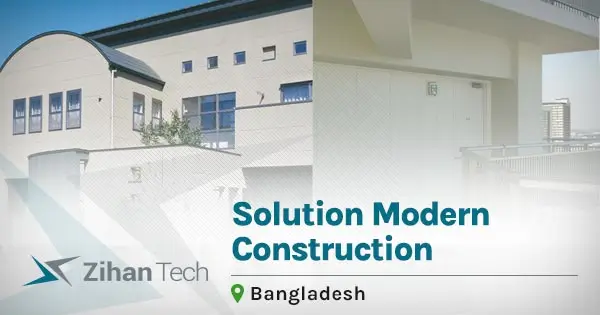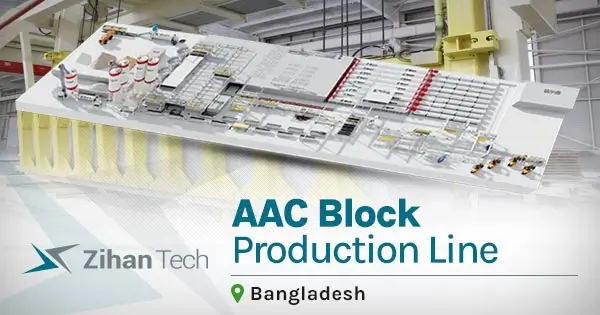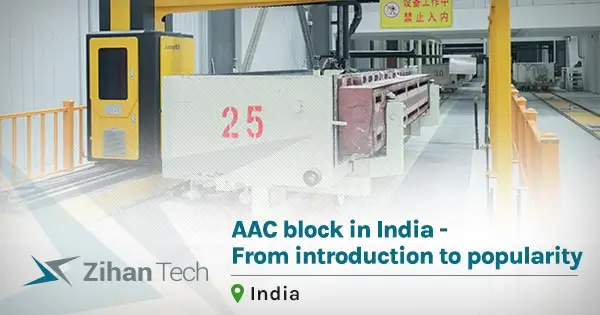The history of AAC block: From invention to modern construction
Autoclaved Aerated Concrete (AAC) blocks have emerged as the top choice for builders around the world, thanks to their lightweight, thermal insulation, and eco-friendliness. But how did AAC blocks gain such importance in today’s building methods?
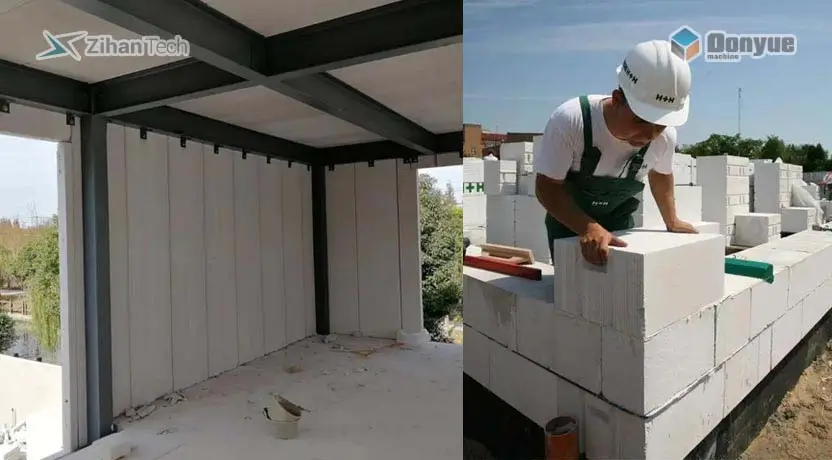
The story of AAC blocks is a journey of innovation, efficiency, and environmental responsibility. From early trials in Europe to high-tech plants in Asia, AAC blocks have made great progress. Today, they are used in homes, schools, and high-rise buildings across the world. Want to start using AAC blocks in your next project in Bangladesh? Call +8801841119091 for details!
Get Free Quotation!
